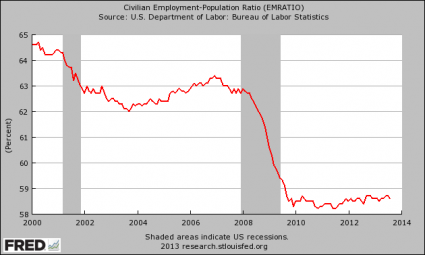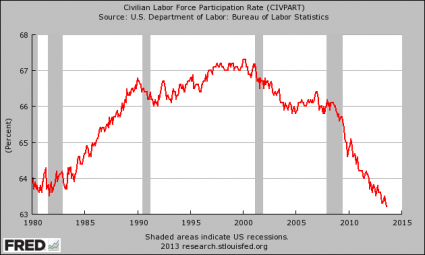By Leika Kihara
TOKYO (Reuters) - Japan's economy expanded much faster than
initially expected in the second quarter, adding to growing signs of a
solid recovery taking hold and fortifying the case for Prime Minister
Shinzo Abe to proceed with a planned sales tax hike next year.The upbeat data came hours after Tokyo won its bid to host the 2020 Summer Olympics, which policymakers hailed as another tailwind propelling the world's third-largest economy out of years of grinding deflation.
The Olympic news and GDP data propelled the benchmark Nikkei (.N225) up 2.5 percent to close at 14,205.23, its highest closing since August 6.
A marked improvement in capital expenditure led to an upward revision in April-June gross domestic product (GDP) to an annualized 3.8 percent expansion from a preliminary 2.6 percent, data from the Cabinet Office showed on Monday.
The third straight quarter of growth, which roughly matched the median market forecast, underscored the strength of Japan's recovery and boosted the chance the government will proceed with a two-staged hike in the sales tax.
"Companies are replacing old equipment, which led to the large upward revision to GDP," said Hiroaki Muto, senior economist at Sumitomo Mitsui Asset Management. "This means the government can raise the sales tax as scheduled."
Bank lending rose 2 percent in the year to August with lending by major banks marking the fastest increase in more than four years, separate data showed, suggesting that the improving outlook is spurring more borrowing for fresh investment.
DEFLATION WORRIES PERSIST
Japan emerged from recession in 2012 and data for much of this year has shown the benefits of Abe's reflationary policies and the Bank of Japan's aggressive monetary stimulus.
The second-quarter GDP follows an annualized 4.1 percent expansion in the first three months of this year, driven in large part by strong consumer spending.
Corporate capital spending, which had been seen as soft in an otherwise robust economy, was revised up to a 1.3 percent rise from the preliminary 0.1 percent decline, marking the first increase in six quarters.
The government has cited revised GDP as among key factors in deciding whether to go ahead with lifting the sales tax to 8 percent from 5 percent next April, and to 10 percent in 2015 -- a step seen as crucial in fixing Japan's tattered finances.
The latest reading gives the government more ammunition to counter critics of the plan, who have called for a delay or watering down of the tax increase on the view Japan's economy is still too weak to take the pain.
As positive data piles up, key ministers in the cabinet such as Economics Minister Akira Amari and Finance Minister Taro Aso have signaled the government's readiness to raise the tax.
"We've seen more positive signs" supporting the case for raising the sales tax, Amari told reporters, referring to the GDP data and Tokyo's successful bid to host the Olympics games.
But Abe, who has the final say on whether to proceed, is considered to be more cautious about raising the tax for fear of derailing a budding economic recovery and hurting the chance of beating deflation -- which is among his top policy priorities.
Service-sector sentiment worsened for the fifth straight month in August and retailers see the outlook deteriorating further, a government survey showed, with some companies complaining that consumers are already holding back on spending in anticipation of the increasing tax burden.
Etsuro Honda, an adviser to Abe and a vocal opponent of the tax hike plan, warned that raising the sales tax now could destroy a golden opportunity to end years of price declines.
"Japan is in the process of exiting deflation but is not out of it yet. The economy isn't back in an autonomous recovery phase," he told Reuters on Monday.
Chief Cabinet Secretary Yoshihide Suga, among Abe's closest associates, said hosting the Olympics will be positive for Japan's economy, but offered no sign on whether Abe will indeed proceed with the tax hike.
Abe is expected to decide on October 1, the day of the BOJ's closely-watched "tankan" business sentiment survey, Amari said, adding that the government is ready to craft a spending package of more than 2 trillion yen ($20 billion) to cushion the blow.
"According to the Finance Ministry, the economic drag (of the tax increase) would be just under 2 trillion yen," Amari told reporters. "But (spending that amount) wouldn't be enough to return the economy to a rising trend," he said.
(Additional reporting by Stanley White, Sumio Ito and Yoshifumi Takemoto; Editing by Eric Meijer)




